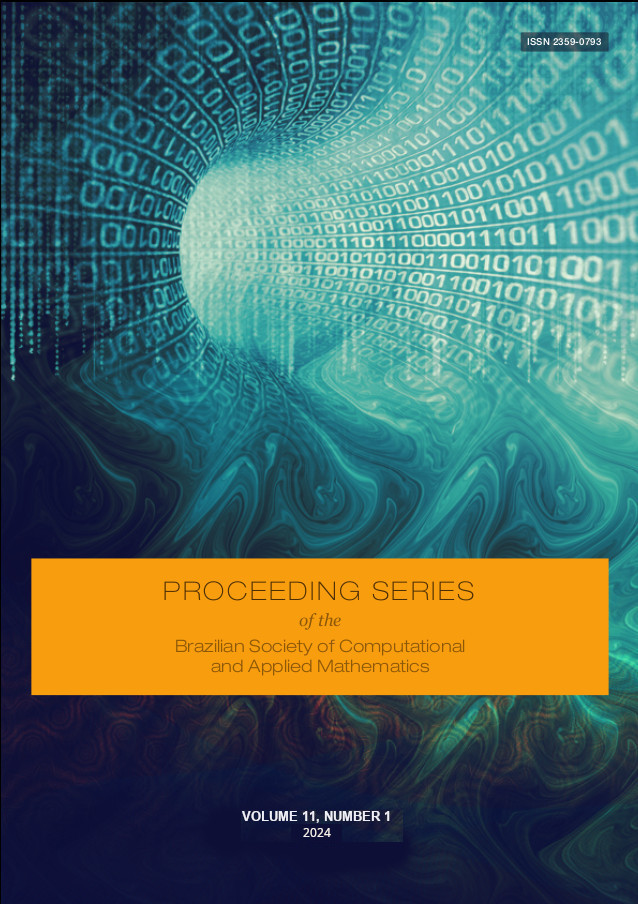Elementary Zip-Cellular Automaton
Keywords:
Cellular Automata, Zip-Cellular Automaton, Dynamical Systems, Symbolic DynamicsAbstract
Cellular Automata (CA) have turned out to be a very fruitful approach to solving many scientific problems, providing an efficient way to model and simulate specific phenomena for which more traditional computational techniques are hardly applicable. A cellular automaton is a discrete dynamical system that evolves a grid of cells, updated according to some local and global rules. The evolution of the state of each cell as a function of the state of the neighboring cells takes place using the local rule, and the global evolution rule governs the overall behavior of the grids. Around the 1960s they were studied as a dynamical system and their connection with the mathematical field of symbolic dynamics was established for the first time. In this work, we use some extended symbolic dynamics to modify such construction into a new generation of CA, the so-called Zip-Cellular Automaton, which includes the interaction of two local rules. From a dynamical system point of view, this new generation of CA is any finite-to-1 continuous map of a zip shift space that commutes with zip shift maps and have mostly the same dynamical properties of a classical CA.
Downloads
References
B. Chopard. Cellular Automata Modeling of Physical Systems. Cambridge University Press, 2002.
J. Kari. “Theory of cellular automata: A survey”. Em: Theoretical Computer Science 334.1 (2005), pp. 3–33.
S. Wolfram. New Kind of Science. 1st. Wolfram Media, Inc, 2002.

